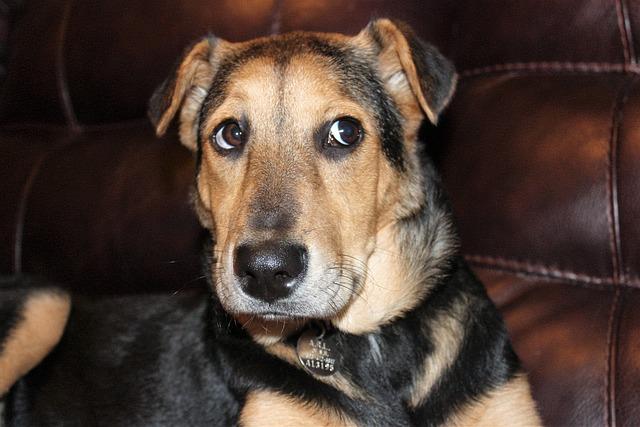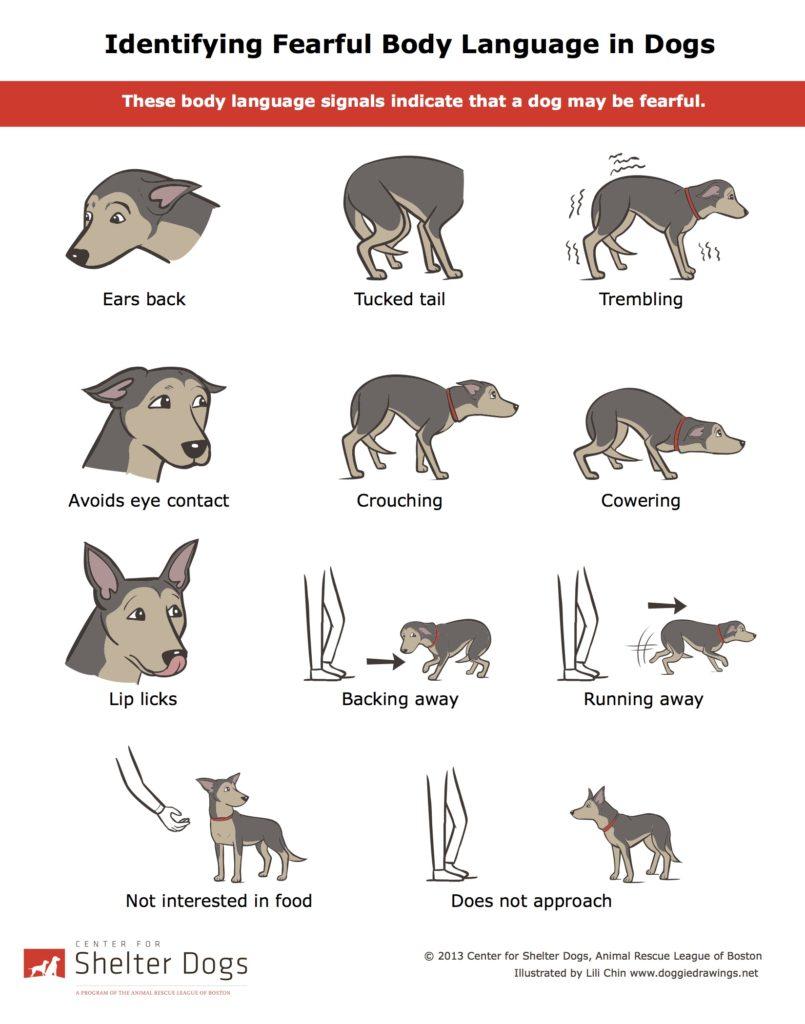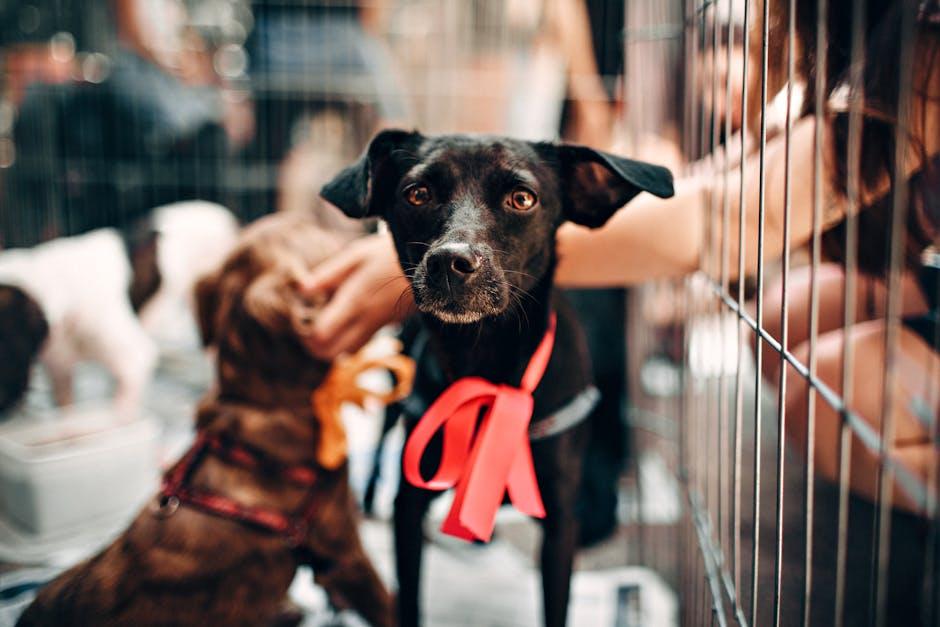Bringing a rescue dog into your home is a heartwarming journey filled with moments of joy, love, and mutual discovery. These resilient animals often come with a history that might have left them wary or unsure of their new surroundings. As a new pet parent, your role in building trust with your rescue dog is crucial to helping them feel safe and cherished in their new environment. In this guide, we will explore gentle and effective strategies to cultivate a strong bond of trust, ensuring that your furry friend feels secure and at ease. With patience, understanding, and compassion, you can transform your home into a sanctuary where your rescue dog can thrive and truly become a part of your family.
Creating a Safe and Comforting Environment for Your Rescue Dog
Establishing a nurturing space for your new furry friend is essential in fostering a bond built on trust and understanding. Begin by designating a quiet, cozy area in your home where your rescue dog can retreat and feel secure. This could be a corner with a comfortable bed, away from the hustle and bustle of daily activities. Surround this space with familiar items, like toys or a blanket, to create a sense of ownership and safety.
Consider these additional tips to make your home more inviting:
- Use calming scents like lavender or chamomile to soothe and relax your dog.
- Maintain a consistent routine to help your dog understand what to expect, reducing anxiety.
- Ensure the environment is free from loud noises and sudden disturbances.
By attentively shaping your home to meet your rescue dog’s needs, you set the foundation for a trusting and loving relationship.

Understanding Body Language and Building Positive Communication
Building trust with a rescue dog requires a keen understanding of body language and a commitment to nurturing positive communication. Dogs are incredibly perceptive and often respond more to non-verbal cues than verbal commands. Begin by observing your dog’s posture, tail position, and ear movement. A relaxed body, wagging tail, and perked ears often signal comfort and openness. On the other hand, a stiff body, tucked tail, or pinned ears might indicate fear or anxiety. Recognizing these signals helps you adapt your approach to meet your dog’s emotional needs.
- Approach slowly and calmly: Sudden movements can be startling. Always move at your dog’s pace.
- Use a soft, soothing voice: Your tone should convey reassurance and safety.
- Respect personal space: Allow your dog to come to you. Forced interaction can hinder trust-building.
- Offer treats and toys: Positive reinforcement through treats and play can foster a bond.
- Maintain consistent routines: Dogs thrive on predictability, which helps build a sense of security.
By paying attention to these subtle cues and responding with patience and understanding, you lay the groundwork for a trusting and loving relationship with your rescue dog.

Establishing a Routine to Foster Security and Predictability
Creating a consistent daily routine for your rescue dog can be a powerful way to build trust. By establishing a predictable schedule, your furry friend learns what to expect and when, which can greatly reduce anxiety and stress. Start by feeding your dog at the same times each day. This not only helps regulate their digestion but also provides a sense of security. Daily walks at set times are another cornerstone of a stable routine. Not only do these walks provide necessary exercise, but they also offer opportunities for bonding and exploring the world together.
Incorporate other regular activities to further cement a reliable environment. Consider including the following in your routine:
- Playtime: Set aside specific times for interactive play. This can be a great way to build a connection and provide mental stimulation.
- Training sessions: Short, positive training sessions help reinforce your bond and establish communication.
- Rest periods: Ensure your dog has quiet time to relax and unwind. A designated spot for rest can enhance their sense of safety.
By adhering to a structured routine, you create a stable and nurturing environment where trust can flourish, transforming your rescue dog’s life one day at a time.
Using Patience and Positive Reinforcement to Strengthen Trust
Building trust with a rescue dog is a journey that requires patience and the strategic use of positive reinforcement. Establishing a bond means understanding that your new furry friend may have had a challenging past, making patience your best ally. Allow your dog to approach new experiences at their own pace. Observe their body language to gauge comfort levels and adjust your actions accordingly. Consistency in your routine will also help your dog feel secure, as predictability can be soothing to a once anxious mind.
Positive reinforcement is a powerful tool in this journey. Reward your dog for desired behaviors with treats, praise, or affection. Consider incorporating the following practices to enhance your training sessions:
- Use Treats Wisely: Opt for high-value treats that are small and easy to consume, ensuring they remain special and rewarding.
- Verbal Praise: A warm, enthusiastic tone can work wonders. Pair it with a gentle pat to reinforce the behavior.
- Playtime Rewards: Engage in their favorite activities as a form of reward, reinforcing that good behavior leads to fun.
- Consistency is Key: Reinforce positive behaviors every time they occur to establish a clear connection in your dog’s mind.
By weaving patience and positive reinforcement into your daily interactions, you create a nurturing environment where trust can flourish, allowing your rescue dog to truly feel at home.

